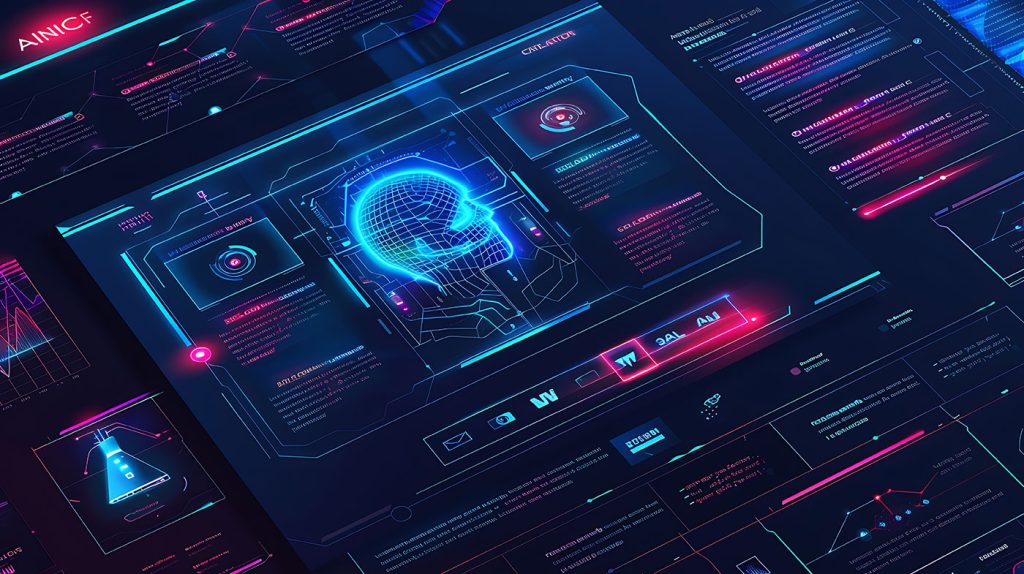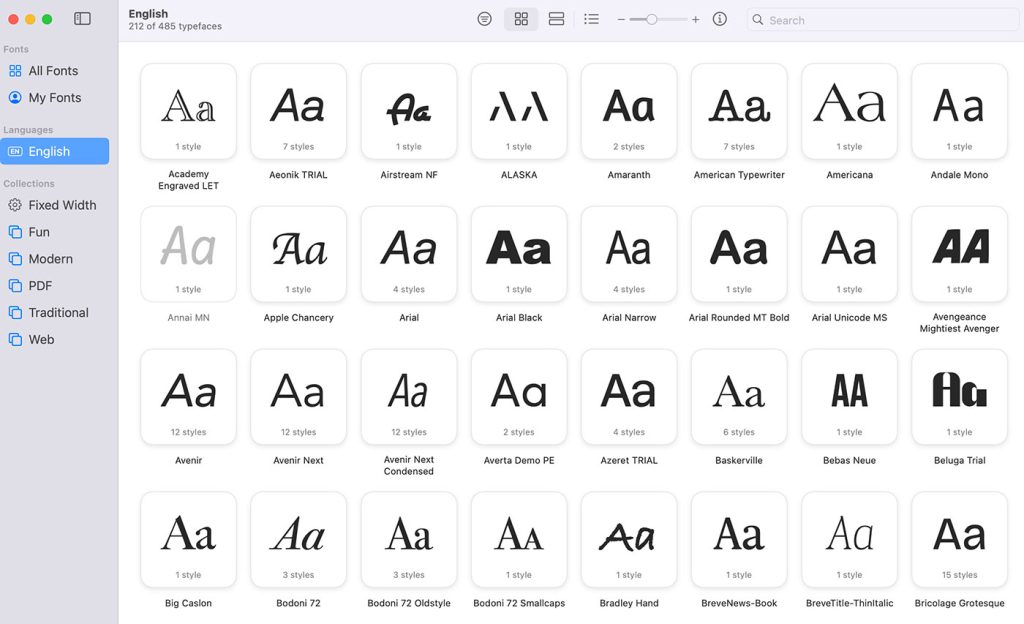Let’s get this out of the way: most websites in one to five years won’t need you. Or me. Or anyone with Figma open and a mood board full of fancy font pairings.
They’ll design themselves. Not like “Wix with AI.” I mean real-time self-adapting, self-healing, audience-aware machines that morph based on context, behavior, and KPIs—without ever asking for a designer’s opinion.
Sound dramatic? Good. Because if you’re still designing static homepage hero sections in 2025, you’re about to get steamrolled by the future.
The Death of the “Final” Design
Let’s be honest: “final” design files are a lie we’ve told ourselves since the days of Photoshop slices. The moment you ship something, it’s out of date. AI doesn’t have that problem. It doesn’t ship—it lives. It doesn’t design for approval—it designs for performance.
Picture this: a SaaS website that learns from bounce rates, scroll patterns, heatmaps, A/B tests, and CTA conversions—and then redesigns its layout, colors, messaging, and even font hierarchy in real-time, just like Spotify changes your playlists.
No need to wait for the next quarterly redesign cycle. No human bottleneck. Just self-evolution.
We’re not far off. Framer and Figma Sites already let you drag and drop your way into something respectable.
Add AI and a little logic engine, and suddenly the site knows how to test five versions of your landing page overnight and serve the top performer by morning. Why pay a designer to guess when a model can know?
Your Dribbble Feed Is Already Outdated
That beautifully kerned pricing page you spent three days polishing? An AI can do it in 30 seconds. But that’s not the scary part. The scary part is it can also rewrite the headline, test three button positions, adapt the layout to device orientation, and personalize the testimonial based on the user’s job title—before your second coffee.
And because these systems will be powered by live performance data—not design instincts—the best-looking version might never be chosen. Brutalist monstrosity with a 32% CTR? It stays. Your elegant minimalist version that “feels cleaner”? Bye.
This is why design portfolios might be obsolete too. AI doesn’t care about your taste. It cares about what works. And if you’re still designing with your gut instead of real-time performance loops, you’re basically designing in the dark.
Designers, Reduced to Content Wranglers
So what’s left? If AI does layout, UX patterns, copy, and even brand adaptation… what the hell do we do?
Well, some things.
- Shaping the brand’s voice – AI can mimic tone, but someone has to set the tone. For now.
- Training the model – You’ll spend less time in Figma and more time feeding data into prompt engineering layers, UX goals, audience segment definitions.
- Ethical and emotional oversight – Machines don’t understand nuance. Not really. You’ll be the one saying, “Maybe don’t show this image to trauma survivors,” or “We shouldn’t manipulate user behavior this way.”
- High-concept creative direction – Not every campaign can be born from a spreadsheet. Storytelling, narrative arcs, experiential design—AI’s still catching up there.
- Fixing weird AI decisions – You know the uncanny valley of language? The same happens in design. AI might produce a layout that’s technically “optimized” but just feels… off. You’ll be the human taste filter.
So yes, there’s still work for us. But it’s different work. Less pixel-pushing. More systems-thinking. Less building. More guiding.
What the AI-Designed Web Will Actually Look Like
Imagine a homepage that rearranges itself depending on whether you came from X or Google. A navigation that reshapes based on your behavioral persona. Imagery that swaps based on mood (detected by time of day, scroll speed, even your calendar). Headings rewritten in real time to match your industry, your pain point, your demographic.
That’s not web design. That’s web choreography. And it’s coming fast.
We’re moving from the age of “pages” to the age of “experiences.” Not curated by humans, but composed live—by AI orchestration engines that know your audience better than you do.
The New Stack Isn’t Code. It’s Behavior.
In the near future, design systems won’t just be collections of buttons and spacing tokens. They’ll be rulesets: “If the user doesn’t click in 3 seconds, fade in a testimonial. If their cursor hovers on pricing, bring up a calculator. If they rage-click, simplify the UI.”
The “designer” becomes an architect of behaviors, not just visuals.
So instead of spending hours picking between 12-column grids and vertical rhythm scales, you’ll be setting thresholds, tuning behavioral flows, and defining ethical boundaries for optimization.
Designers will write logic, not just labels.
Web Design as Performance Art
Ironically, as more of the day-to-day grunt work disappears, what’s left for us might look more like art than ever. AI can test 10,000 button variations, but it can’t (yet) create a mood. A vibe. A soul.
The designers who thrive will be those who think like creative directors or experience composers. They’ll orchestrate meaning across touchpoints. They’ll create the AI’s playbook, not the pixels.
You won’t design pages. You’ll direct systems of impression.
So… Are We Screwed?
If you’re still trying to build static mockups, yes. The future is not kind to the pixel-perfect crowd.
But if you’re adaptable, curious, and willing to move upstream—into strategy, data-informed logic, and experience architecture—you’ll not only survive, you’ll lead.
Just stop thinking of design as a deliverable.
It’s a living system now. And those systems are getting smart enough to redesign themselves faster than you can spell “gradient.”






